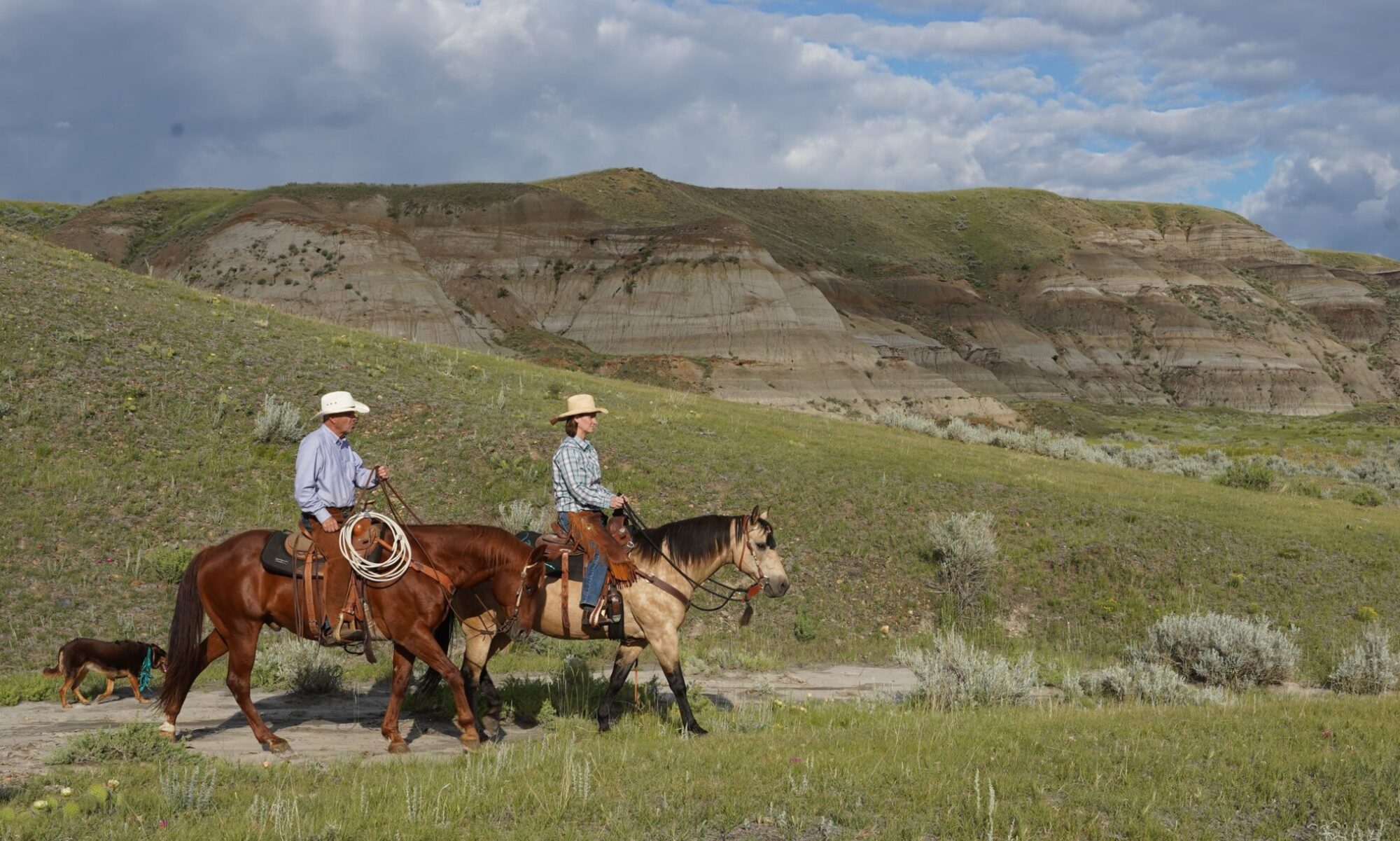Harry Forbes Remembers #17
from his sister, Helen Hoszouski
In the early 1900’s, as settlers and homesteaders came to Western Canada, there were no schools, no hospitals, no post offices, no churches, nor any of the services we take for granted today. The only way they’d have a school for their children was to build one themselves. As was the custom then, the neighbours gathered to do whatever work was needed. There were no government grants, and money in the community was very scarce.
The info from Somerset School will be similar to many others around 1911 in Saskatchewan (and Alberta too). Three trustees were elected at their organizational meeting: one for three years, one for two years and one for one year. Debentures for $811.00 were sold; they were to run for 10 years at 6%.
As I list a few of the costs, remember that the hauling of all the rock and sand etc. would have been done by horses and wagons. The loading and unloading was done by hand or shovel and muscle. The well was a shallow one, dug by hand with a shovel.
$10.00 paid for a well (includes plank cribbing and cover)
$438.00 for lumber and hauling
$30.00 for hardware
$176.25 for school supplies and furniture
$2.05 for the title for the grounds
$6.00 for hauling four loads of stones
The school building was erected and furnished for $820.00. With volunteer labor from people in the district, it opened for classes 18 months after the first meeting. The teacher received a salary of $60 per month.
The schools were similar in construction and appearance, a wood building with no insulation and single ply windows along the north and south walls. The east and part of the south inside wall were covered with blackboard. Above the blackboards at the front hung a large, old-fashioned, wind-up pendulum clock. Beside it, the map case was horizontally mounted. This was built of wood, four feet long, twelve inches wide and six inches deep, with a hinged drop-down door. Several maps were mounted on spring-filled rollers to be pulled down when needed, then rolled up like a roll-up window blind. A library cupboard stood on the south side of the west entry door. It housed the few books that were read repeatedly (there were seldom any new ones). The wooden pegs were used by the little children for math or entertainment, and plasticine was for them to play with if they had any spare time. Desks, graduating in size to fit six-year-olds to sixteen-year-olds were in rows in the main part of the room. A bench, standing beside the stove and the teacher’s desk and chair completed the furnishings.
The door through which you entered was in the middle of the west wall, flanked on the north side by a cantankerous five-foot high, four-foot wide circulating heater. This was a large iron stove surrounded by a metal cage which was supposed to send the heat up and around the room -provided you could coax any heat from it in the first place. The students often sat at their desks wearing coats with their feet tucked under them to keep them warm. (added note: Sometimes lessons were done around the stove until noon when the room warmed up.)
Every upper elementary or high school student used a straight pen (later a fountain pen) and kept a bottle of ink at their desk. The ink froze during the winter nights. To thaw it, the bottle was placed on top of the stove. Occasionally by accident or design, the lid would not be removed from the bottle causing an explosion when the ink got hot. You could then find it everywhere, even on the ceiling.
During the summer the high windows on the south allowed the sun to enter the school room; there were no window blinds or curtains. At times it was so hot that the teacher, especially during final exam time, poured water on the floor to cool the air for the comfort of the students.
My father homesteaded in this district in 1911, a single man of 19 years. He later married and as time went by, his eleven children each attended the Somerset School. At one time seven of them helped swell the enrolment to 21 students.
